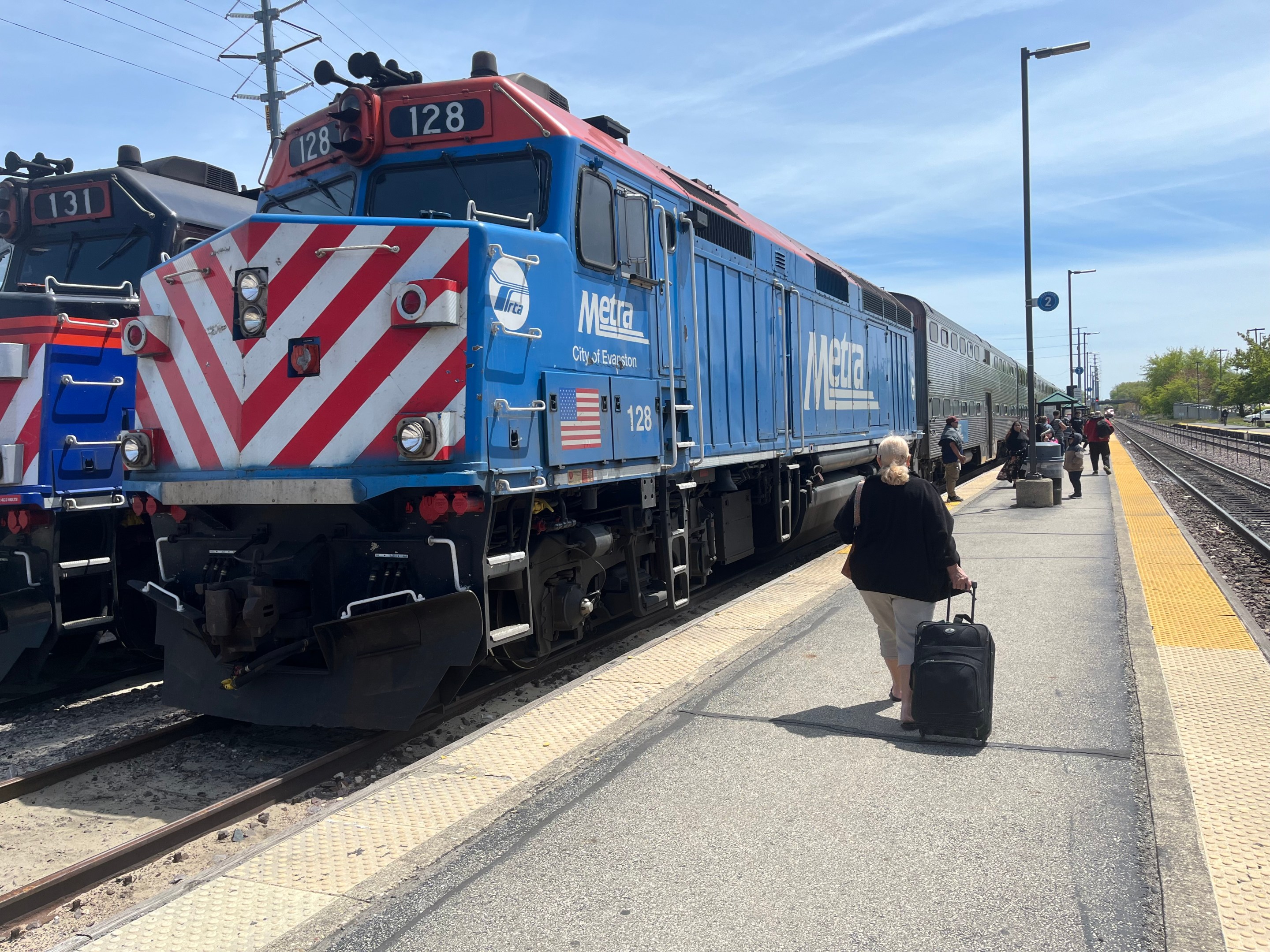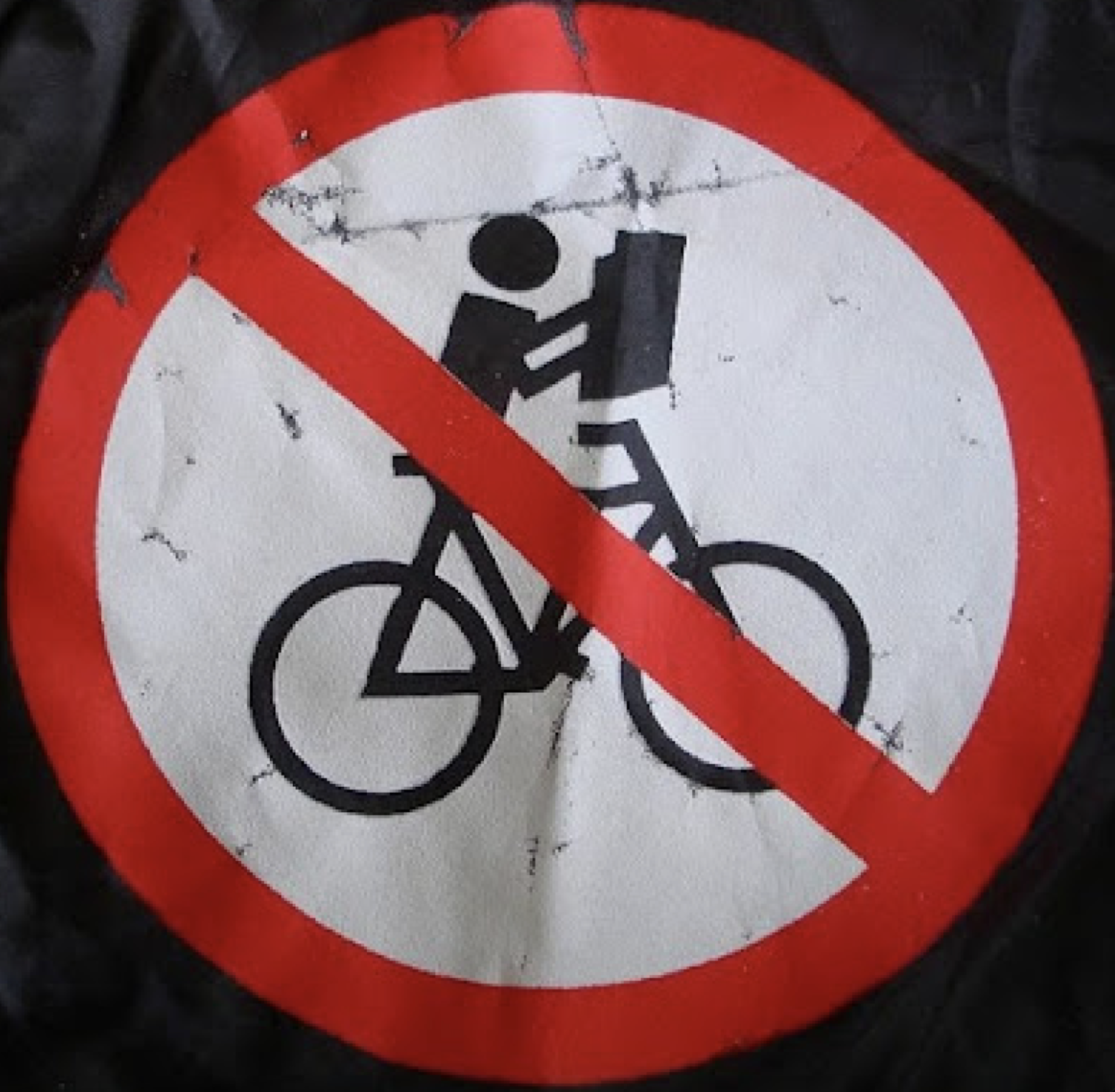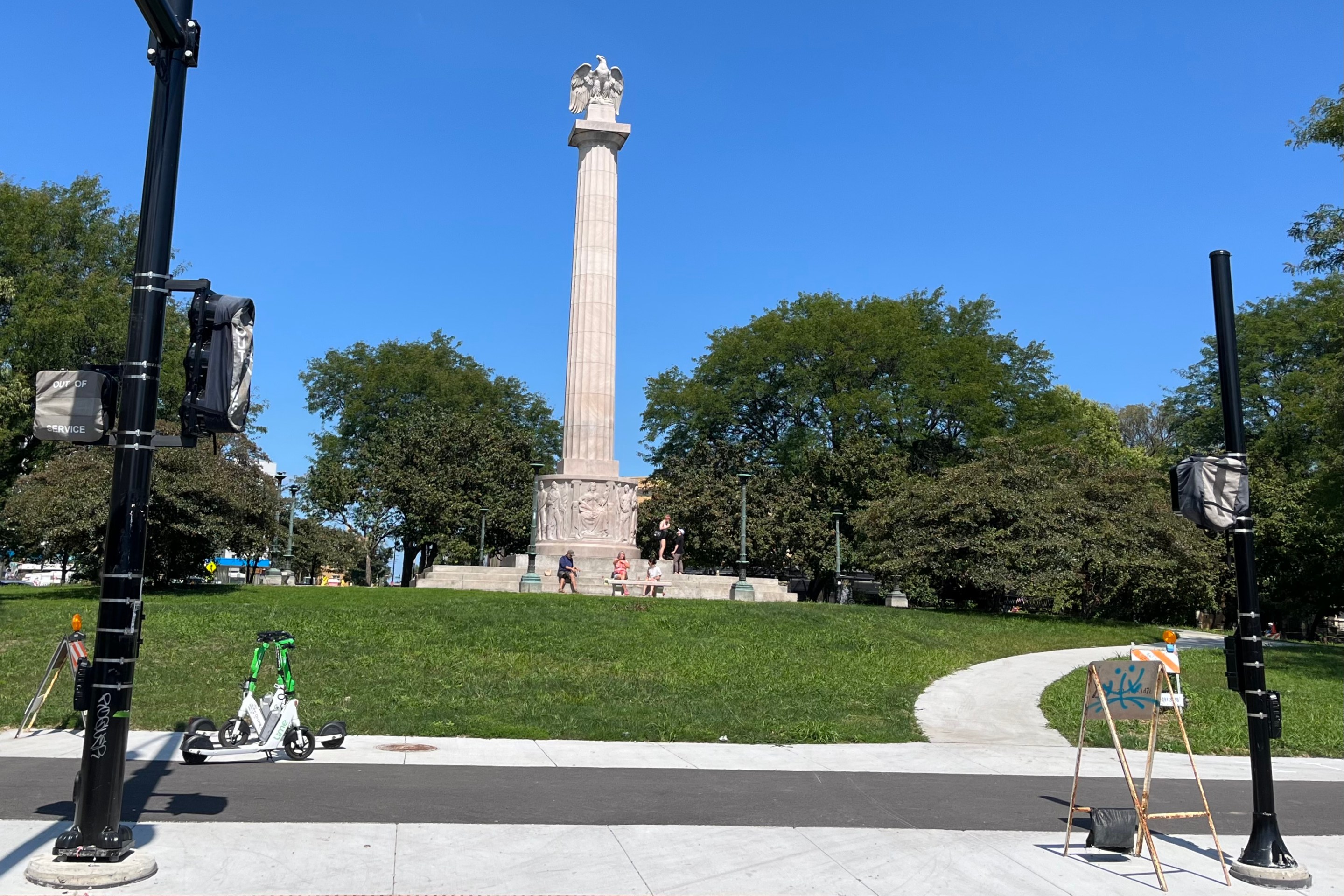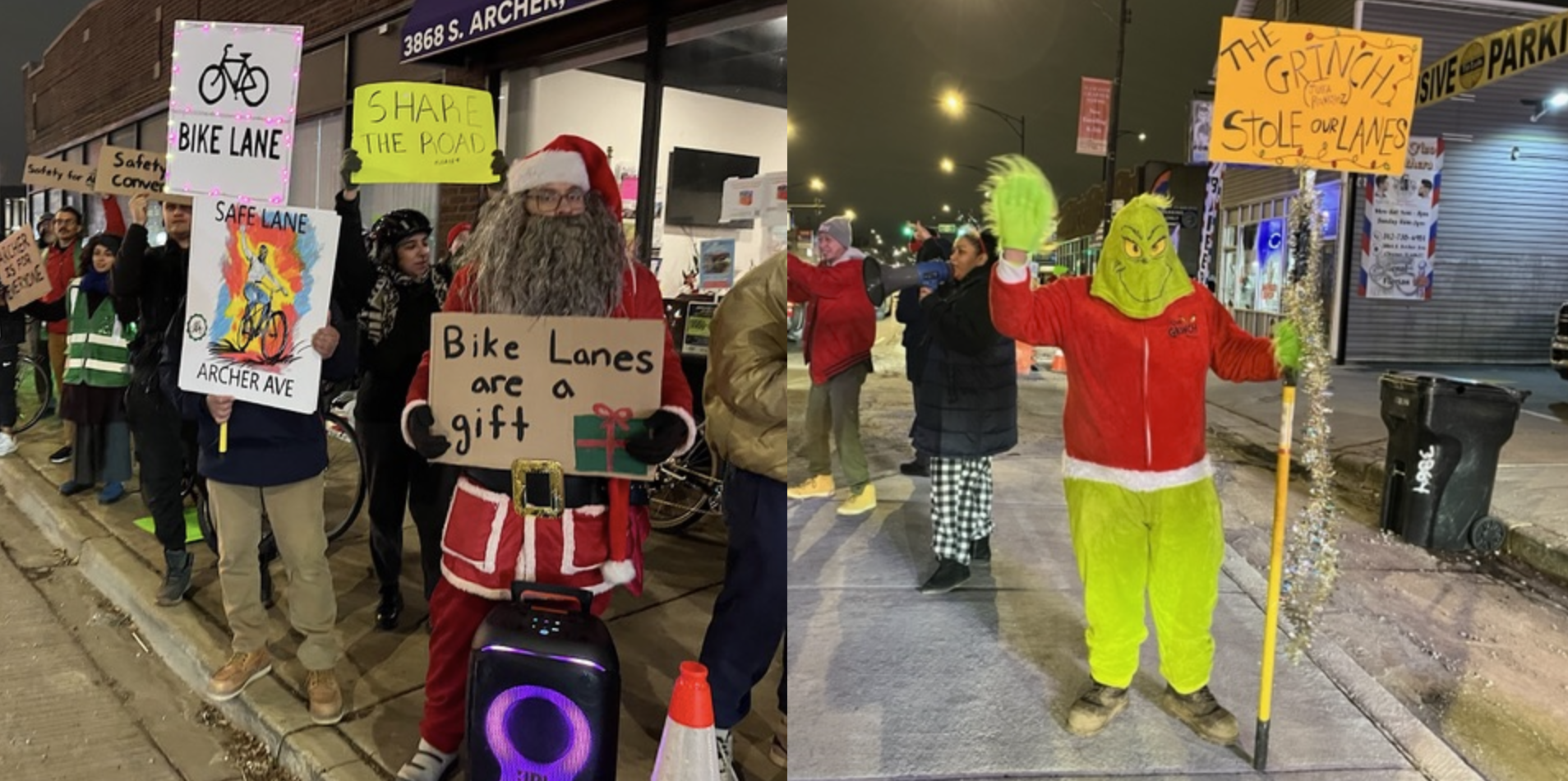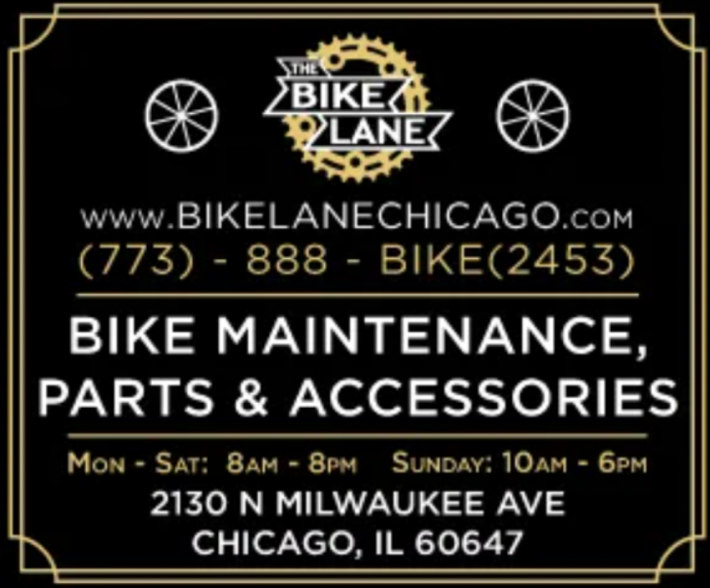
You can almost always count on the conservative think tank Illinois Policy Institute to be the wrong side of sustainable transportation issues.
(In fairness, their op-eds on development matters, including an article earlier this month by LyLena Estabin in favor of legalizing additional dwelling units such as "granny flats," are sometimes on-point.)
IPI's recent piece "5 years later, Metra, CTA, Pace nowhere near pre-COVID levels," by Ravi Mishra, Dylan Sharkey, and Charlotte Rotkis, is a good example of the organization's default windshield POV.
As Streetsblog Chicago readers know, due to lower post-pandemic ridership, dwindling COVID-19 stimulus money, and chronic underfunding, our regional transit system is facing a $771 million budget shortfall in 2026. If no additional state funding is passed, the likely result will be some 40 percent service cuts and 3,000 layoffs next year. The four local public transportation agencies, plus transit workers, riders, and advocates, are pushing for $1.5 billion from Springfield to not just preserve the status quo, but improve reliability, frequency, and speed.
But the Illinois Policy folks scoff at that notion. "Ridership on Metra, the Chicago Transit Authority and Pace is still down 30 percent from pre-pandemic levels," they write. "[The Regional Transportation Authority] needs to look at spending before demanding $1.5 billion from taxpayers... instead of cutting costs to serve fewer riders they are asking taxpayers for $1.5 billion more... they still want more funding despite less demand."
Obviously, RTA ridership took a nose-dive during the shelter-at-home era, and the fact that more people are still working remote nowadays hasn't helped its recovery. So, yes, the 366.3 million total CTA, Metra, and Pace rides taken in 2024 was far below the 550.1 taken in 2019.
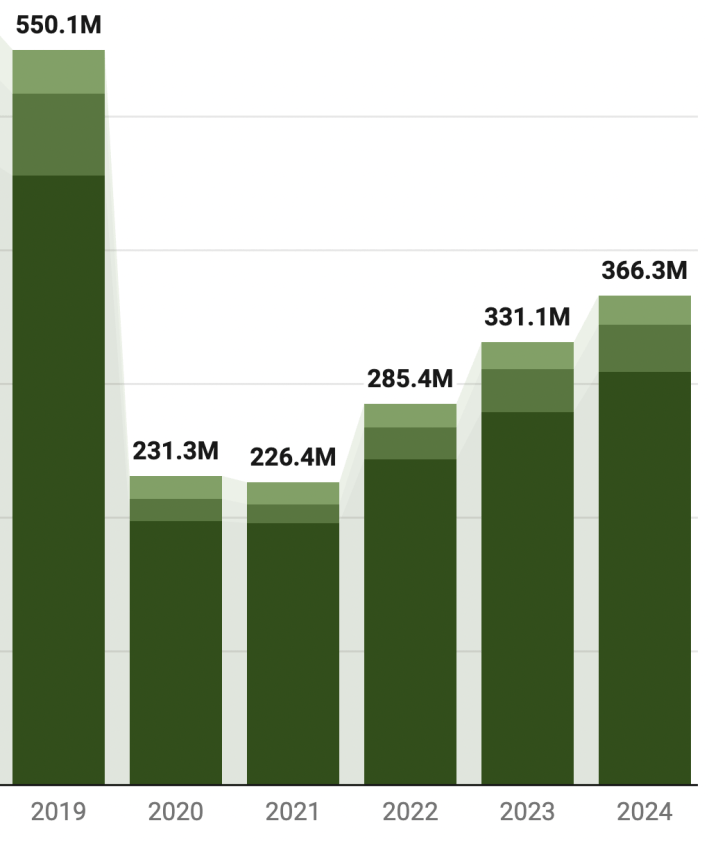
However, as Illinois Policy's own graphic illustrates, ridership has been steadily stair-stepping towards normalcy in recent years. The RTA reported an 11 percent gain between 2023 and 2024. "Adding 35 million rides over 2023 represents an increase that is equal to the annual transit ridership of Phoenix," the agency said in a January 2025 press release.
But IPI is arguing that, since ridership has not completely recovered from the lockdown era yet, the agencies should "serve fewer riders" by reducing the number of bus and runs. Longer headways would make public transportation less convenient than it is now, which would further discourage use. Throw in major fare hikes in a futile effort to make up for lost revenue, and we'd have even fewer riders, creating a vicious cycle known as the "transit death spiral."
That might not seem like a big deal to those who rarely or never ride transit. But even confirmed motorheads would pay the price for having so many additional cars on the road: more crashes, pollution, wear-and-tear on roads, and, yes, soul-crushing traffic jams.
And that's not to mention the financial disaster that would happen if Illinois fails to address Chicagoland's looming $771 million budget gap. A recent study by researchers at Argonne National Laboratory and MIT found that could cost the Land of Lincoln's economy a staggering $14 billion a year. That would impact residents everywhere from from southernmost Cairo to the Cheddar Curtain.
"If self-generated revenue from riders is down, how would an extra $1.5 billion fix RTA’s deficits in future years?" the IPI-ers ask rhetorically. Let me explain how.
That proposed investment in Chicagoland and Downstate transit, combined with governance reform to better coordinate the agencies, would create a virtuous circle to make the systems more appealing and solvent. According to the RTA, more frequent service would result in up to 50 percent shorter waits for buses and trains in our region.

The funding could also be used to launch a long-requested Transit Ambassadors program, a strategy from other cities that seems to be effective in promoting a safer, more orderly, and more welcoming environment. Other ideas include creating bus rapid transit corridors to shorten trip times, and developing more housing near stations. All of these things would add up to more ridership and revenue.
The IPI writers' assertion that Chicagoland transit funding should align with current lower ridership, partly due to sub-par conditions, is misguided. It's kind of like saying that you shouldn't build a bridge across a river because, at present, relatively people swim across it. Instead, revenue for public transportation should be influenced by what we're trying to achieve: more transit use and fewer car trips, plus safer and more efficient, equitable, environmentally friendly, and enjoyable streets.
"Illinois lawmakers should require clear operational reforms before considering any tax hikes," the Illinois Policy folks state. Well, yeah, the folks in Springfield leading the charge on passing a transit funding bill also have the mantra, "No revenue without reform."
State Sen. Ram Villivalam, got HB 3438 passed in the Senate in the last hours of the spring legislative session, although it hasn't cleared the House yet. He explained that his bill contains changes to make Chicagoland transit governance more efficient, including replacing the RTA with a more powerful Northern Illinois Transit Authority. The additional clout would allow NITA to make decisions about coordinating bus and rail service; fare policy; public safety strategies; and other key issues.
The IPI-ers also grouse about the proposed 0.3 percent suburban real-estate transfer tax to fund transit. (There's already one in the City of Chicago.) They quote Illinois Realtors arguing the fee would make it harder to buy and sell houses. You know what would really make real estate transactions in the 'burbs more difficult? If there was little or no Metra or Pace service for homeowners.
"Transportation is vital to the state economy," the Illinois Policy folks concede. "Commuters rely on it for work and can support local businesses on their way." That one of the few sensible statements in the article.
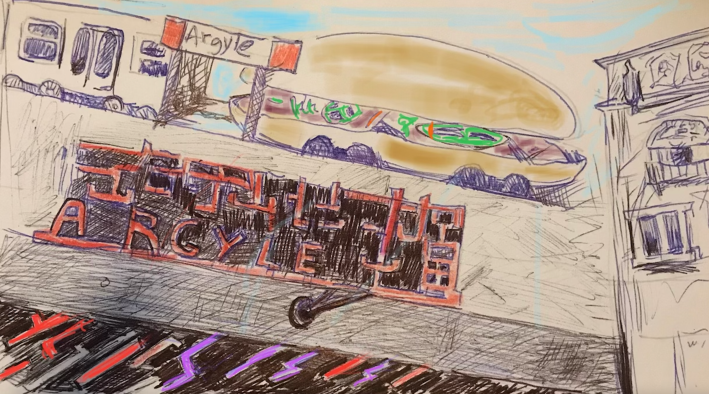
I assume the Illinois Policy Institute authors wouldn't expect to buy a reliable car at a bargain-basement price. Likewise, since Chicagoland needs a dependable, world-class transit system to help keep Illinois' economic engine humming, we shouldn't cut corners on funding it.
Read the Illinois Policy Institute article here.
Thanks to SBC contributor Richard Day and cofounder Steven Vance for input on this article.

Do you appreciate Streetsblog Chicago's reporting and advocacy on local sustainable transportation issues? If you haven't already, please consider making a tax-deductible donation here to help us continue publishing in 2026. Thanks!
